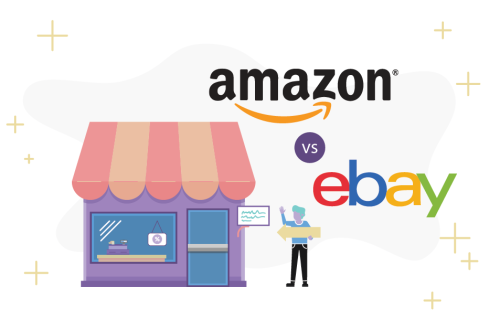In the ever-evolving landscape of digital advertising, there exists a lurking menace that threatens the integrity of online marketing efforts: ad fraud and click fraud. Ad fraud refers to the deceptive practices employed by malicious actors to generate false ad impressions, clicks, or conversions, thereby siphoning off valuable advertising budgets. Click fraud, on the other hand, focuses specifically on fraudulent clicks, which can artificially inflate click-through rates and drain advertisers’ resources without delivering genuine engagement or conversions. As these fraudulent activities continue to grow in sophistication and scale, it becomes imperative for the digital advertising industry to confront this hidden threat head-on. Ad fraud and click fraud pose significant challenges for advertisers, publishers, and digital marketing platforms alike. Advertisers invest substantial resources into crafting compelling ad campaigns and allocating budgets, expecting genuine engagement and conversions. However, ad fraud undermines these efforts by generating fake impressions, clicks, and conversions, leading to wasted ad spend and skewed performance metrics. Furthermore, click fraud can distort click-through rates, making it difficult for advertisers to accurately gauge the effectiveness of their campaigns and allocate resources accordingly. Publishers also suffer from ad fraud, as it erodes trust and damages their reputations, making it harder for them to attract legitimate advertisers.
To combat ad fraud and click fraud, a multi-faceted approach is required. The first line of defense lies in employing robust fraud detection and prevention mechanisms. Advertisers and digital marketing platforms must leverage advanced analytics, machine learning, and artificial intelligence to identify patterns, anomalies, and suspicious activities that indicate fraudulent behavior. Real-time monitoring and proactive intervention are essential to detecting and mitigating ad fraud and click fraud promptly. Collaborative efforts between advertisers, publishers, and industry stakeholders are also crucial to sharing knowledge, best practices, and data to stay ahead of fraudsters and adapt to their evolving tactics. Transparency and accountability play a vital role in the identify bot traffic. Advertisers should demand transparency from their digital marketing partners regarding the sources of traffic, placement of ads, and verification of impressions and clicks.
Implementing strict guidelines for ad quality and performance can help weed out fraudulent activities and ensure that advertising budgets are utilized effectively. Ad verification tools and third-party measurement companies can provide independent assessments of ad delivery and performance, bolstering trust and reducing the risk of fraud. Industry stakeholders need to invest in educating advertisers, publishers, and digital marketing professionals about the different types of fraud, their impact, and the strategies to combat them. By fostering a culture of vigilance and equipping individuals with the knowledge and tools to identify and report fraudulent activities, the collective defense against ad fraud and click fraud can be strengthened. Ad fraud and click fraud pose significant threats to the digital advertising ecosystem. To safeguard the integrity of online marketing efforts, a comprehensive approach encompassing robust fraud detection, transparency, collaboration, and education is required.


